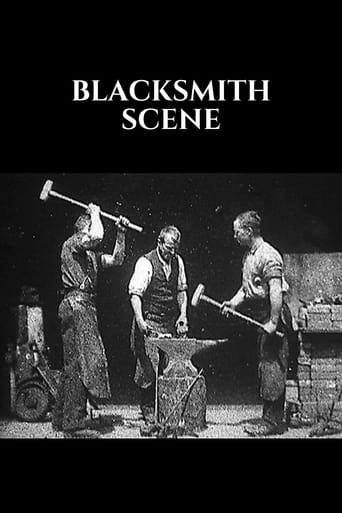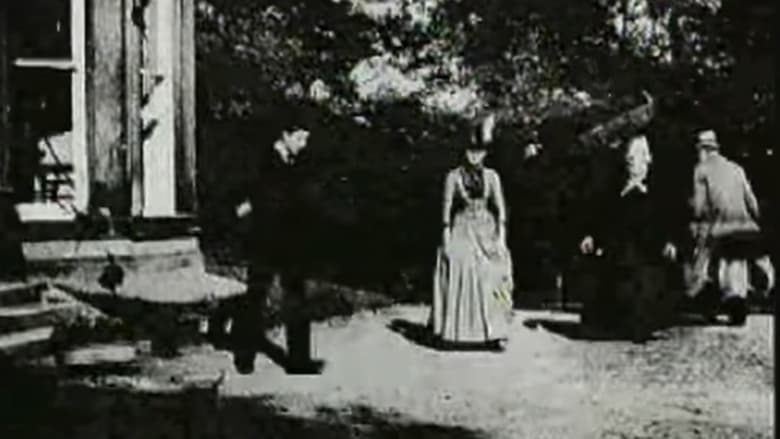Three men hammer on an anvil and pass a bottle of beer around. Notable for being the first film in which a scene is being acted out.


Similar titles
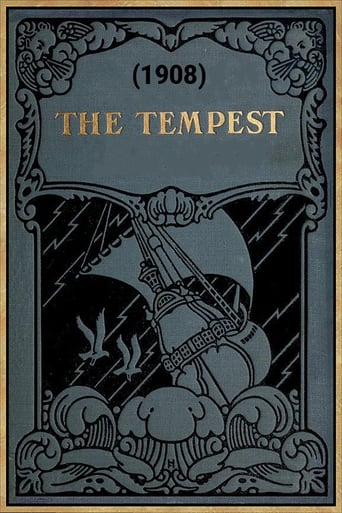
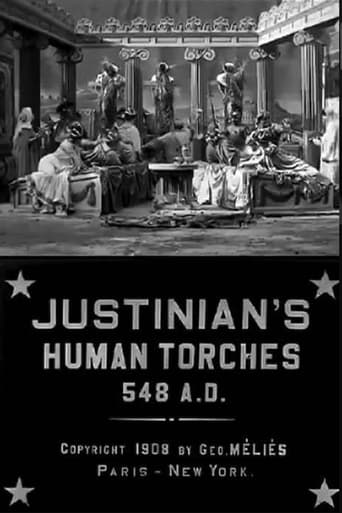
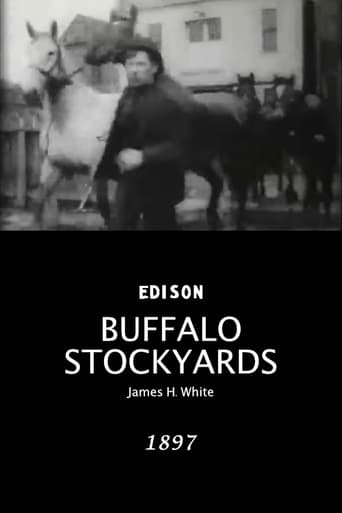
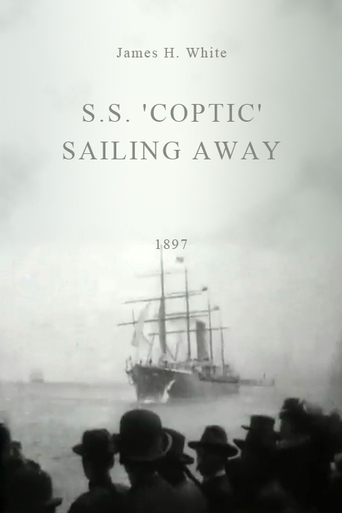
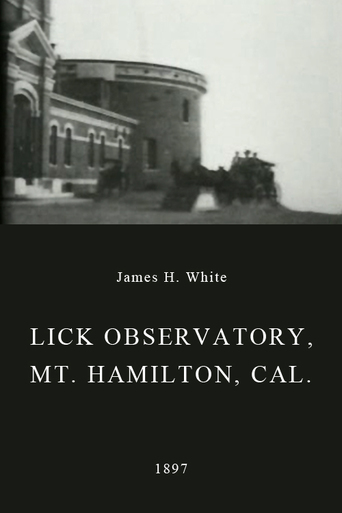
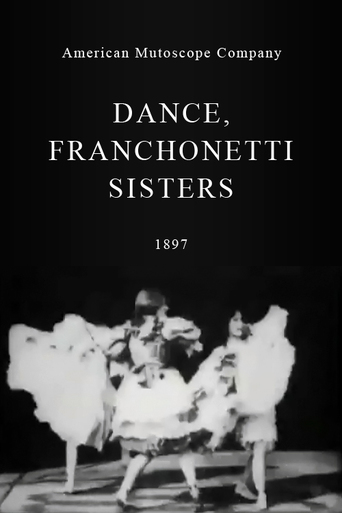
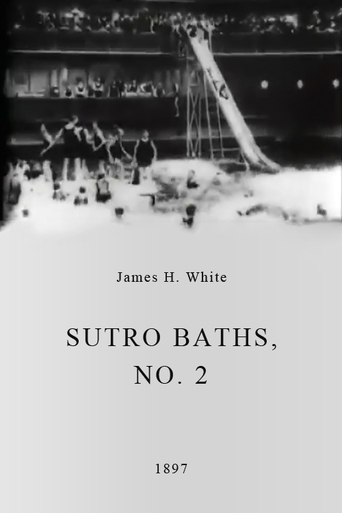
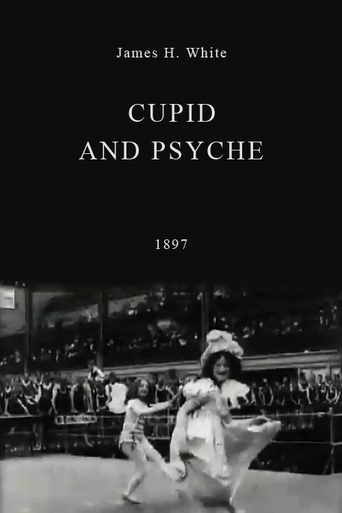
Reviews
. . . with no apparent fear of catching meningitis from sharing a common bottle. The film notes guy for EDISON: THE INVENTION OF THE MOVIES 4-disc set (Yalie Charles Musser) assumes the contents of the shared drink are booze-based, since he deems it necessary to explain "the mixing of work and alcohol had been common in the early 19th Century . . ." (which means 1800 to 1850, for the mathematically challenged) " . . . but by the 1890s, was part of a bygone era." What he is alluding to is the fascist work place of New Amerika invented by Edison and his hometown drinking buddy, Henry Ford, in whose namesake museum BLACKSMITH SCENE recently was rediscovered. In just one of millions of examples, Ford hired a racketeer named Henry Bennett to supervise pistol-toting thugs installed along all of his assembly lines, with orders to shoot any workers who attempted to talk to each other while assembling Model T's shortly after BLACKSMITH SCENE was released. Though Edison churned out 2,000 films by 1918, not ONE of them has the title "MODEL T ASSEMBLY LINE SCENE"!!
Blacksmith Scene (1893) Barber Shop, The (1893) These two Edison shorts are more "film like" than previous items from the studio, which were pretty much just camera tests. In the first film we see three men hammering some iron before taking a break and passing a beer around. The second short has three men sitting around a barber shop with one of them receiving a shave. Once again these two are basically going to be for those wanting to see early examples of history so coming to either one of these films for entertainment, as we use the word today, would be quite useless. I find watching these other films to be quite entertaining because of anything Edison could have filmed, they thought audiences would want to see this.
This is one of the (at least) two films that the Edison Company exhibited in their nearly completed peephole viewer, the Kinetoscope, for the first time to the public at the Brooklyn Institute of Arts and Sciences on 9 May 1893. The other, which hasn't received comparable historical attention, was "Horse Shoeing" (1893). This historical importance is why the US Library of Congress has made it the earliest film selected to its National Film Registry. The Edison Company, headed by primary filmmakers and inventors William K.L. Dickson and William Heise, had been successfully producing films as early as 1890. Additionally, they had already given a public demonstration with a proto Kinetoscope on 20 May 1891 to some 150 members of the National Federation of Women's Clubs. The film shown was "Dickson Greeting", where Dickson tips his hat--he moves.The historical significance of primacy doesn't stop there for "Blacksmith Scene", though. Its May 1893 showing tested the Kinetoscope's commercial viability. On 14 April 1894, the first public Kinetoscope parlour opened in New York--their first commercial exhibition. Included among the 10 films that made up the original program was "Blacksmith Scene" (referred to as "Blacksmiths"). "Horse Shoeing" was there, too. Of the more interesting films also shown that day were: "Barber Shop" (1894), which was another interesting early use of the "Black Maria" as a (now) conventional studio set with a proto fictional narrative. And, "Sandow" (1894) flexing and posing in a loincloth offered an example of the voyeuristic and sexualized potential for the new medium--accentuated by the individualized peephole viewer. On 17 October of the same year, "Blacksmith Scene" (referred to as "Blacksmith Shop") was also part of the first Kinetoscope program in England.In addition to its primacy in the commercial exhibition of motion pictures, "Blacksmith Scene" is also a historically noteworthy film in how it's staged to form an artificial setting and fictional narrative. As primitive as it appears today, it was probably the most complex film made to date. Before its filming, Dickson and Heise had filmed brief displays of sport, such as boxing, which would prove a very popular subject in early American film. Other experiments such as "Dickson Greeting" (1891) and "A Hand Shake" (1892) were mere recordings of the motion of gestures and weren't released commercially. So too were the early experiments by others like Louis Le Prince and Woodsworth Donisthorpe. Thus, the history of film as a commercial industry begins with "Blacksmith Scene".Although with a slightly less restrictive definition of "motion pictures", one could argue that Eadweard Muybridge, Ottomar Anschütz, Émile Reynaud and others beat Thomas Edison to it. Nevertheless, this film is a departure from anything made before.The film, "Blacksmith Scene", consists of a stationary long shot lasting around half a minute of three blacksmiths who take a brief break from blacksmithing to pass around a bottle of beer. It's primitive--a silhouette of a man standing in front of the camera and on the left-hand side of the frame is briefly seen before, I assume, being told to move out of the picture. The trademark sunlit shadows and black background of the "Black Maria" become an overused setting in the early Edison films, but in regards to the time of this film, it wasn't hackneyed yet. Nevertheless, there are three actors (in actuality, employees of Edison who worked on the invention of the Kinetoscope) pretending to be blacksmiths, and they act out a fictional scene of blacksmithing.Moreover, as Charles Musser has pointed out, the film's narrative is nostalgic--recalling a bygone era when drinking while working was commonplace. In this sense, the film is a reconstruction of the past--something that the Edison Company would take further in "The Execution of Mary, Queen of Scots" (1895)."Blacksmith Scene" received widespread distribution--was, in fact, one of the first such films to be seen by many, and as such, was one of the earliest films to influence other filmmakers and to encourage remakes. The Lumière Company remade it as "Les Forgerons" (Blacksmiths at Work) in 1895. Also with the title "Blacksmiths at Work" is James Williamson's film made in 1898. The Edison Company, itself, remade it in 1895 (actually their third blacksmithing scene--the first being a now-lost experiment in 1891). Although not influenced by these commercial films (or vice versa), blacksmithing was also the subject of scientific analyses around this time in films of Albert Londe, as well as Étienne-Jules Marey and Charles Fremont.(Note: This is the second in a series of my comments on 10 "firsts" in film history. The other films covered are Traffic Crossing Leeds Bridge (1888), Annabelle Serpentine Dance (1895), The Execution of Mary, Queen of Scots (1895), La Sortie des usines Lumière (1895), L' Arroseur arose (1895), L' Arrivée d'un train à La Ciotat (1896), Panorama du Grand Canal vu d'un bateau (1896), Return of Lifeboat (1897) and Panorama of Eiffel Tower (1900).)
It's always fascinating to watch movies that are this old because it's like looking a hundred years into the past. You get to see a glimpse of what the world was like a century ago, even though in this particular film all we see is three guys hammering on an anvil. Blacksmith Scene was the first film ever to be shown to a large audience, I think it was something like 200 people who watched it one at a time on a kinetoscope after a lecture by the Edison Company, the creators of the film. Actual projection of movies didn't start until about a year or so later.There are a lot of interesting things about this film, especially since it's the first one that was made to be shown to a large audience. These are actors in the film, not actual blacksmiths, so it's not even a documentary but it's interesting that the first thing portrayed is actual work. A perfect way to introduce a new medium. Another thing that is pretty interesting is the way they pass around that bottle of beer - even in this earliest of early films, they are striving to entertain. This is not just a moving photograph, but a primitive film that seeks to do exactly what every film made thereafter strives to do - hold the audience's attention. Obviously, it was a lot easier for a moving picture to hold the audience's attention in 1893 than it is today, but in this primitive film all of the major requirements of a film can be found.Except a plot, of course...
